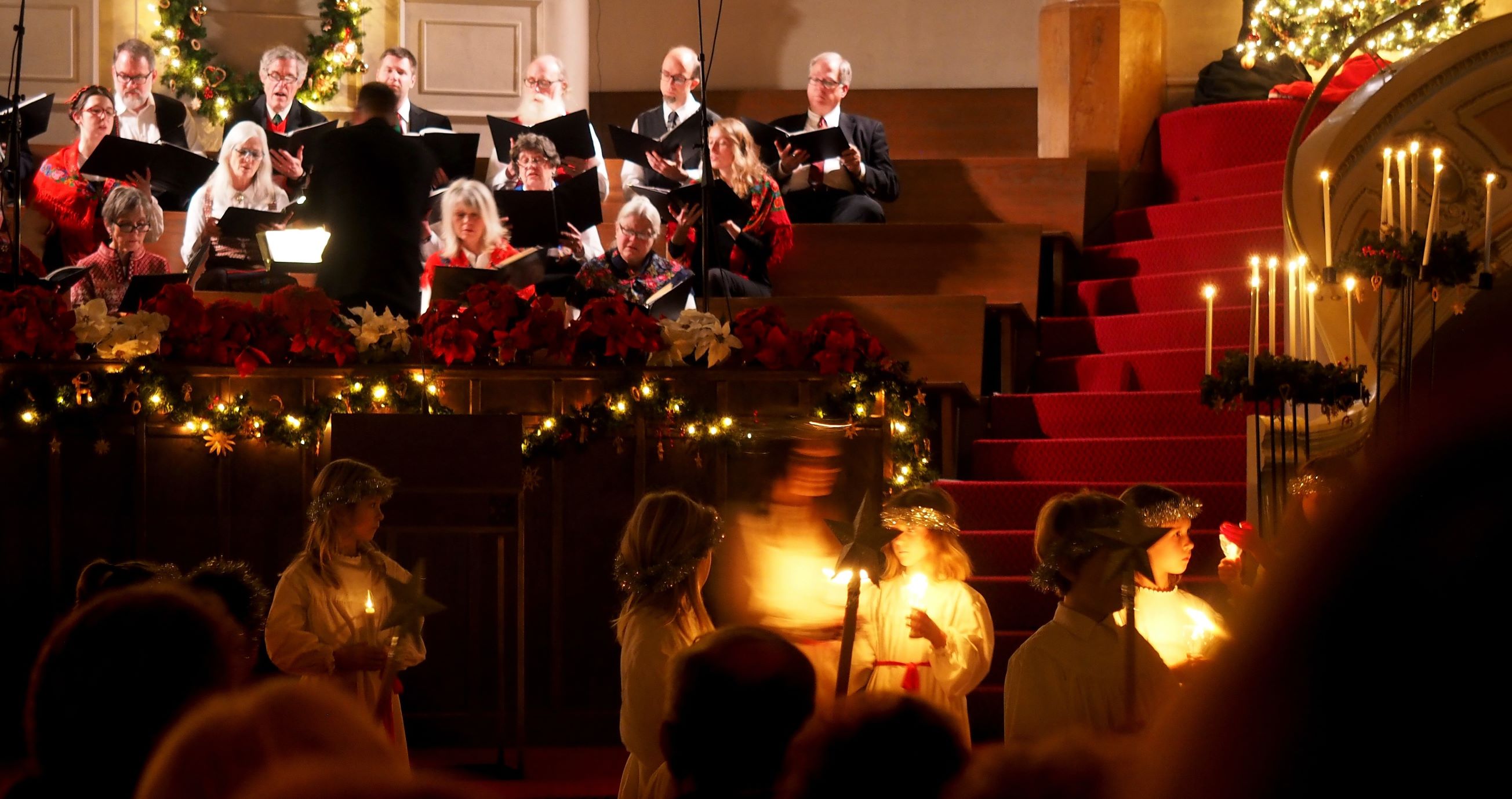Harnessing the Power of Software to Enhance Church Performance
Posted on 15th Aug 2023 03:15:16 in Software, Web Apps

In today's digital age, technology has permeated every aspect of our lives, transforming the way we communicate, work, and even worship. Churches are no exception to this trend, as they seek innovative ways to improve their operations and engage with their congregation. By leveraging software solutions tailored for churches, religious organizations can streamline administrative tasks, enhance communication, and create a more immersive worship experience. In this blog, we will explore the various ways in which software can be utilized to optimize church performance and strengthen the spiritual community.
-
Church Management Software: Church management software (CMS) is a valuable tool for efficiently organizing and managing administrative tasks within a church. From membership management and attendance tracking to event scheduling and contribution tracking, CMS offers a centralized platform to streamline operations. It enables church staff to easily access and update important information, reducing administrative burdens and freeing up more time for meaningful engagement with the congregation.
-
Online Giving Platforms: With the rise of online transactions, leveraging digital giving platforms has become essential for churches to collect and manage donations. These platforms provide a secure and convenient way for members to make financial contributions, whether it's one-time donations or recurring giving. Online giving platforms not only simplify the process for donors but also offer tools for tracking and reporting, making it easier for churches to manage their finances transparently.
-
Communication and Collaboration Tools: Effective communication is vital for a thriving church community. Software solutions such as email newsletters, church websites, and social media management platforms can significantly enhance communication channels. Churches can share announcements, event details, and prayer requests with their congregation in real-time, ensuring everyone stays informed and engaged. Additionally, collaboration tools like project management software can facilitate teamwork among staff and volunteers, ensuring seamless coordination of tasks and events.
-
Worship Presentation Software: Incorporating multimedia elements into worship services can help create a more immersive and engaging experience for attendees. Worship presentation software enables churches to display song lyrics, Bible verses, sermon outlines, and multimedia content such as images and videos during services. This software simplifies the process of organizing and presenting visual content, allowing pastors and worship leaders to focus on delivering a meaningful worship experience.
-
Online Sermon Archives and Live Streaming: In an increasingly connected world, churches can extend their reach beyond the physical walls by leveraging online sermon archives and live streaming. By recording and uploading sermons to a digital platform, churches enable members to access previous sermons at their convenience. Live streaming, on the other hand, allows individuals who are unable to attend in person to participate in real-time. This digital accessibility helps churches connect with a broader audience, fostering a sense of community and inclusivity.
Conclusion:
As technology continues to advance, integrating software solutions into church operations can be a game-changer for improving performance and community engagement. By embracing church management software, online giving platforms, communication tools, worship presentation software, and digital outreach methods, religious organizations can streamline administrative tasks, enhance communication, and create more meaningful worship experiences. By harnessing the power of software, churches can adapt to the evolving needs of their congregation and strengthen their mission in the digital age.

Remember, while technology can be a powerful tool, it is essential to balance it with genuine human connection and spiritual growth. By embracing technology alongside traditional practices, churches can embrace the future while remaining rooted in their timeless purpose.
Share